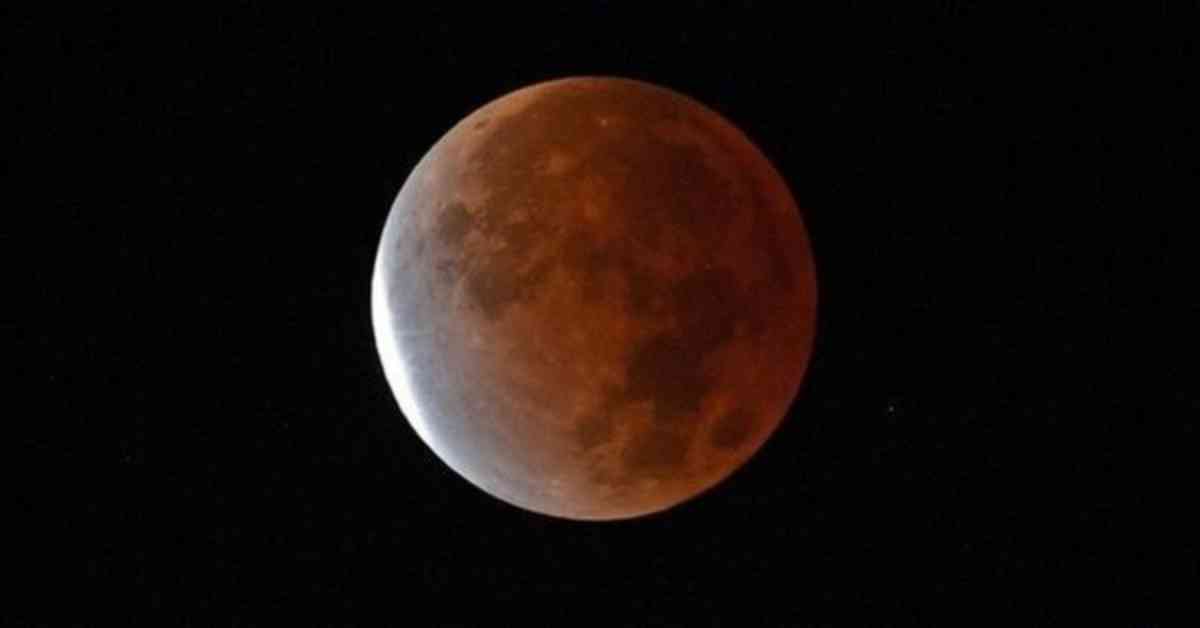Countdown has begun for the second lunar eclipse of the year. Those interested in celestial events have their eyes set on the date and time of the lunar eclipse. This astronomical event, based on 12% of the moon being in the Earth’s shadow and creating a reddish hue in that area, can also be observed from Turkey. So, when is the lunar eclipse and at what time will it occur?
### Timing and Viewing in Turkey
The lunar eclipse, which has piqued the curiosity of those who enjoy observing and tracking celestial events, is set to occur. During the upcoming Blood Moon eclipse, 12% of the moon will be in the Earth’s shadow, resulting in a reddish tint in that region. So, when exactly is the lunar eclipse taking place and what are its effects?
### Will the Lunar Eclipse be Visible from Turkey?
Turkey is among the regions that will witness this celestial event. The eclipse, scheduled to occur in the early hours of the morning, will be partially visible in our country.
### Date and Duration of the Lunar Eclipse
This year’s second lunar eclipse is set to take place on September 18. The partial lunar eclipse will begin at 5:14 AM and end at 6:16 AM on September 18.
### Understanding the Blood Moon Lunar Eclipse
A total lunar eclipse occurs when the Earth comes between the Sun and the Moon, causing the Moon to be completely under the Earth’s shadow in its orbital position. In this position, the sunlight reaching the Moon is blocked, causing the Moon to be illuminated only by light reflected through Earth’s atmosphere, giving it a reddish appearance. Astronomers refer to this phenomenon as the “Blood Moon.”
As the celestial event approaches, many are preparing to witness this stunning display of nature. The lunar eclipse offers a unique opportunity to marvel at the wonders of the universe and contemplate the mysteries of our solar system.
### Effects of the Lunar Eclipse
Lunar eclipses have long been associated with various myths, superstitions, and beliefs across different cultures. While some view them as ominous signs, others see them as opportunities for reflection and renewal. From a scientific perspective, lunar eclipses offer valuable insights into the movements of celestial bodies and the interactions between the Earth, Moon, and Sun.
During a lunar eclipse, the Earth’s shadow gradually engulfs the Moon, leading to a gradual darkening of its surface. As the eclipse reaches its peak, the Moon may take on a reddish or coppery hue, giving rise to the term “Blood Moon.” This striking visual spectacle is a result of sunlight passing through Earth’s atmosphere and bending towards the Moon, creating a stunning display of colors in the night sky.
### Significance of Lunar Eclipses
Lunar eclipses have captivated humanity for centuries, inspiring awe and wonder among observers. In ancient times, lunar eclipses were often viewed as omens or portents of significant events. Today, they continue to hold cultural, spiritual, and scientific significance, serving as reminders of the interconnectedness of the cosmos and the cyclical nature of celestial phenomena.
For astronomers and skywatchers alike, lunar eclipses offer a rare opportunity to witness the intricate dance of celestial bodies in action. By studying the patterns and behaviors of lunar eclipses, scientists can gain valuable insights into the dynamics of the Earth-Moon-Sun system and unravel the mysteries of the universe.
### Conclusion
As the date of the lunar eclipse draws near, anticipation is building among enthusiasts and stargazers eager to witness this celestial spectacle. Whether you are a seasoned astronomer or a casual observer, the lunar eclipse offers a chance to marvel at the beauty and complexity of the cosmos. So mark your calendars, set your alarms, and prepare to witness the magic of the lunar eclipse unfolding in the night sky.





















